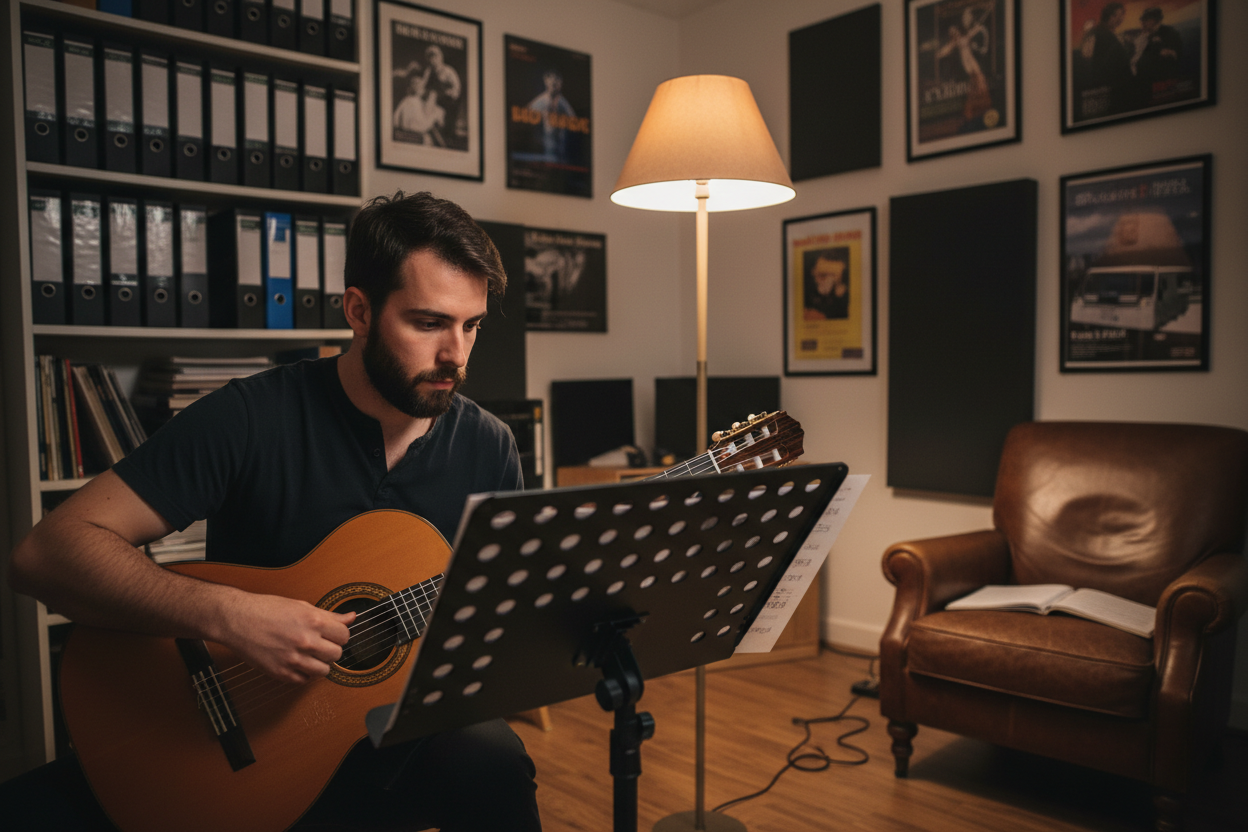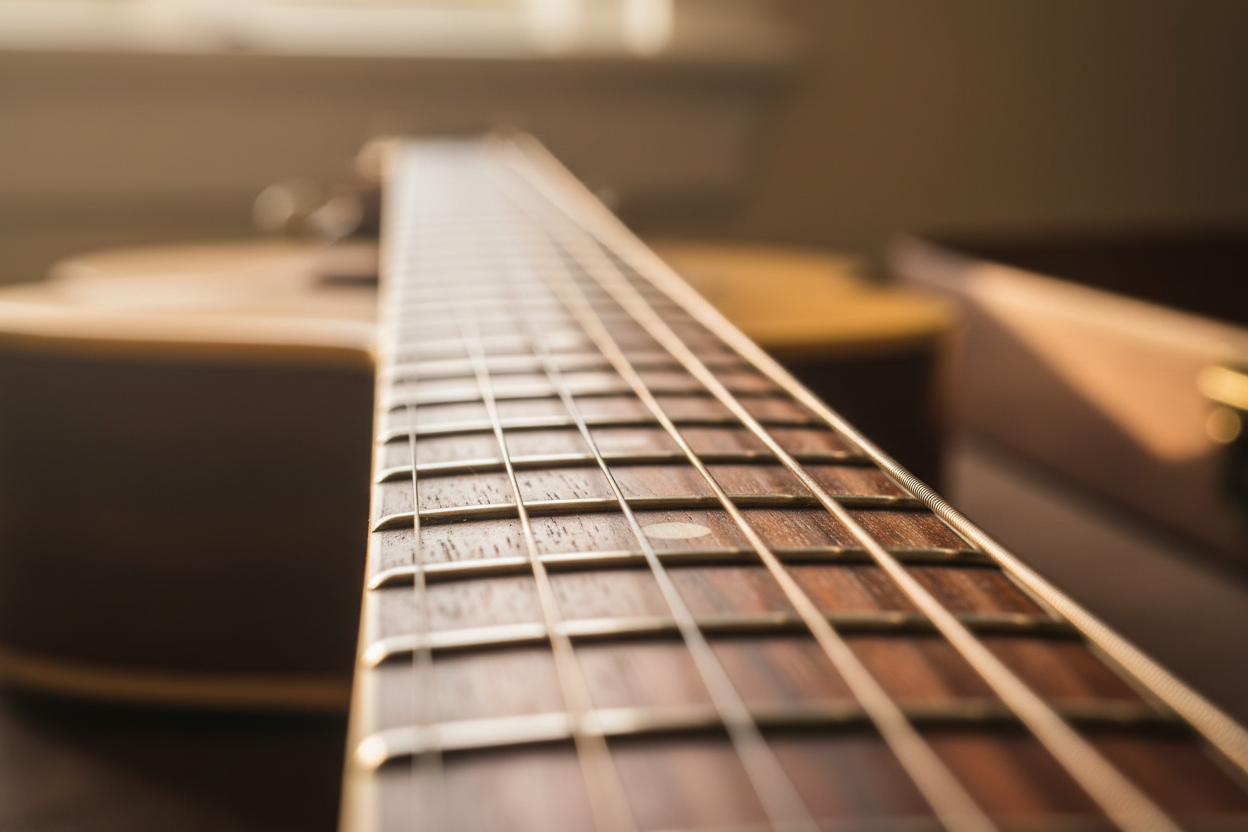Creating a pedalboard for yourself sounds great and a lot of fun. It usually is, especially in the beginning, when you already set up your base rig, and you are now thinking about where you want to go from there, what new pedals you’d want to add, and where they will sit in your chain.
However, the fun can suddenly drop once you reach a number of pedals. That’s when you suddenly start thinking it’s not all fine and dandy. On the contrary, you may notice it quickly becomes frustrating, for reasons we will try to cover in this article. Let’s just leave a word of encouragement in the beginning, creating a great pedalboard is not as easy as it seems and we are here to discuss some key points you should have in mind when starting.
Not planning ahead
Creating a pedalboard is just like laying a foundation for a house – once you do it, it’s difficult to add more of it.
This is why it’s very important to plan ahead, and be prepared for mistakes. When planning a pedalboard, the ideal case is to make sure you already know which pedals will go there. Then, you should work on the setup without a pedalboard and place your pedals as if they are on a pedalboard.
Once the pedals are in their place, you will get a notion of the dimensions of your pedalboard. Add an inch or two to account for materials and use something to represent the borders of your pedalboard (a duct tape for example). This way you will get the measures for your new pedalboard
DO NOT just add pedals one next to another without wiring them. You have to account for the spacing between pedals, the signal chords, and power input. You should also have places where chords can go under the pedalboard, to avoid a messy setup.
While getting a larger pedal than needed is better than getting one that’s too small, it’s not a great option for transport, especially if your rig and signal chain is already set in stone.
Not accounting for the newcomers
If you are planning to add more pedals in the future, you have to account not only for space but also for their position. This can add a whole set of unexpected frustrations. It’s not that big of a deal if the new pedal is at the end of the signal chain and you left a perfect spot for it already. But, what if it isn’t? What if you have to move half of your row to the left or right, just to find out that the new pedal’s input overlaps with another pedal’s output jack, and to sort it out, you’ll have to lower it so much that it ends up peeking out of the pedalboard?
This is easier said than done, especially if you are not quite sure what exact pedal will be added to your rig later.

Minding your cables 101
The cables carry your signal and you can easily think all cables work the same. This is not true. The quality of the cable can affect your signal and it’s more noticeable the more cable you have in your signal chain.
The general rule of thumb is to keep cables short. Some of us use a 12-foot signal cable that lays coiled by the pedalboard. You can easily notice how it can affect the guitar sound once you turn gain. The whole guitar starts buzzing.
On long pedal chains, you want the signal to be transferred as faithfully as it needs. Buying quality patch cables can make a world of difference, especially on powerful amps. In this case, we always recommend checking soldered cables rather than solderless. Since you’ll be spending a little more dime, it’s good to make sure they are more durable and long-lasting. It pays in the long run!
Minding your cables 202

There’s a tiny piece of information about our world that we need to know – electricity and magnetism affect each other. This is especially important to keep in mind with guitar signals, as the electric signal in guitar and pedal cables carries delicate information.
When any electrical signal goes through a cable, it induces a magnetic field with similar features (frequency, etc.). If you keep another cable near it, the first cable’s magnetic field can in turn induce electricity in the second cable.
In the case of guitar cables, this can affect the signal and therefore, the sound of your guitar. It’s especially important to keep your power cables and patch cables separated. If this is not possible, no worries, just try to keep them so that they cross each other at a 90-degree angle. The interference is at its peak when the cables run parallel to each other and very close.
Using non-isolated power supplies
Some of your pedals will need juice, a power supply, and either AC or DC output will keep their heart beating. In some cases, you can rely on batteries, but you should be very mindful of keeping your batteries fresh. Another way to solve this is by using a power supply.
Not all power supplies are the same. Many power supply units on the market are made so that the electrical current is simply split into 6-10 outputs. This way, pedals share the same electrical source, and this can affect the sound of your signal chain as well.
If you maxed out the output from the power supply and you use all guitar pedals, there will be less juice to distribute across the pedalboard. Turning a pedal on and off will also introduce changes to the power supply voltage and electricity, which can be heard through an amp.
Isolated power supplies work so that the electrical source is not shared between pedals, every pedal is powered individually. This eliminates fluctuations in the electrical signal, making all your pedals sound consistent when playing.
Not experimenting enough!
We can never stress this one too much – experimenting with your signal chain can bring you closer to the sound you want. This will also bring new information about how your signal chain works, and occasionally it will help you realize what your signal chain needs.
We do advocate for not sticking to the “rules” of the signal chain too much. Pedals and effects work differently when they are put in a different order, and while there is no “right way” to link your signal chain, experimenting you will realize how to link your pedals the right way for you.
This can bring up some challenges of course, yet there are plenty of tutorials and interviews online that can help you out and give you an idea of what you can try out next. This way, you will be able to develop your own original sound.
Conclusion
One thing to keep in mind when designing your pedalboard is that, once it is done, the only way to change it is to swap it with another one, larger or smaller. This is why it’s important to know the most common challenges and pet-peeves guitar players have with their signal chains and pedals.
Whether the pedalboard is custom-made or bought from a shop is not that important – the most important thing is that it can accommodate all your pedals and keep them in place while you are playing. Planning ahead and learning from your mistakes and challenges will take you a long way.
The rest should be history in the making.




